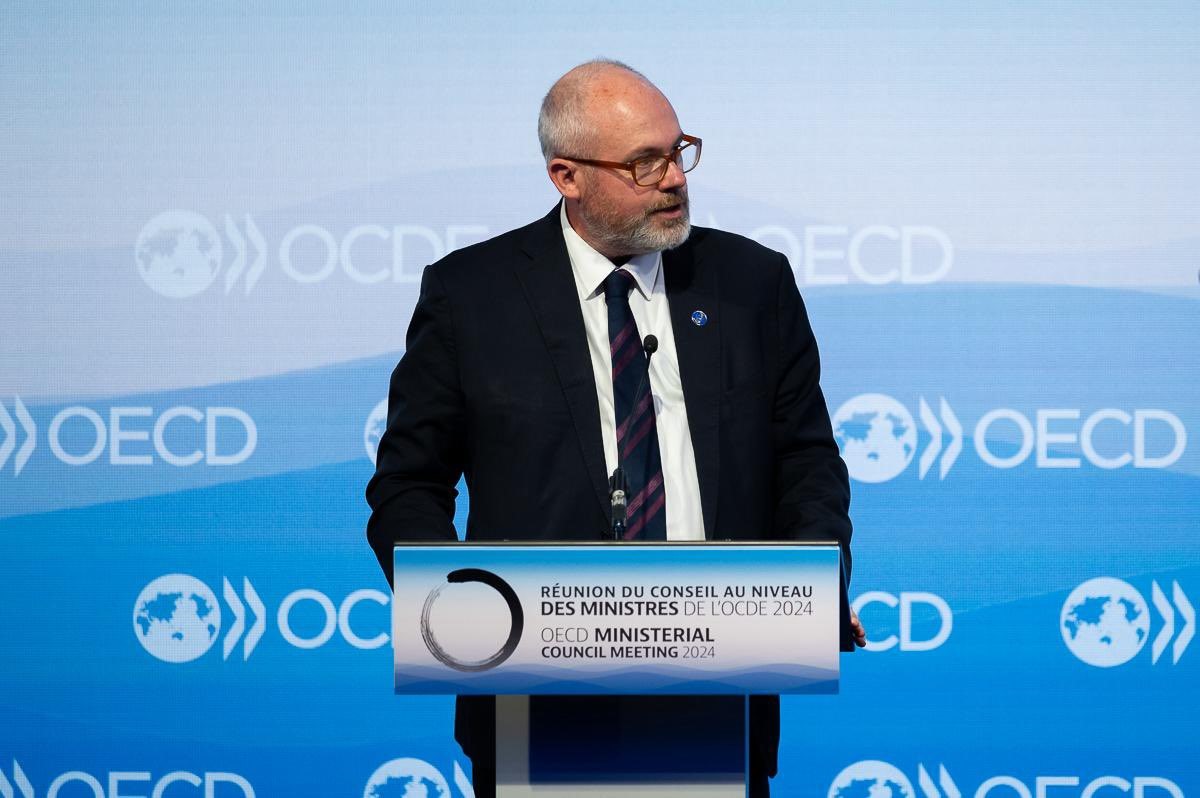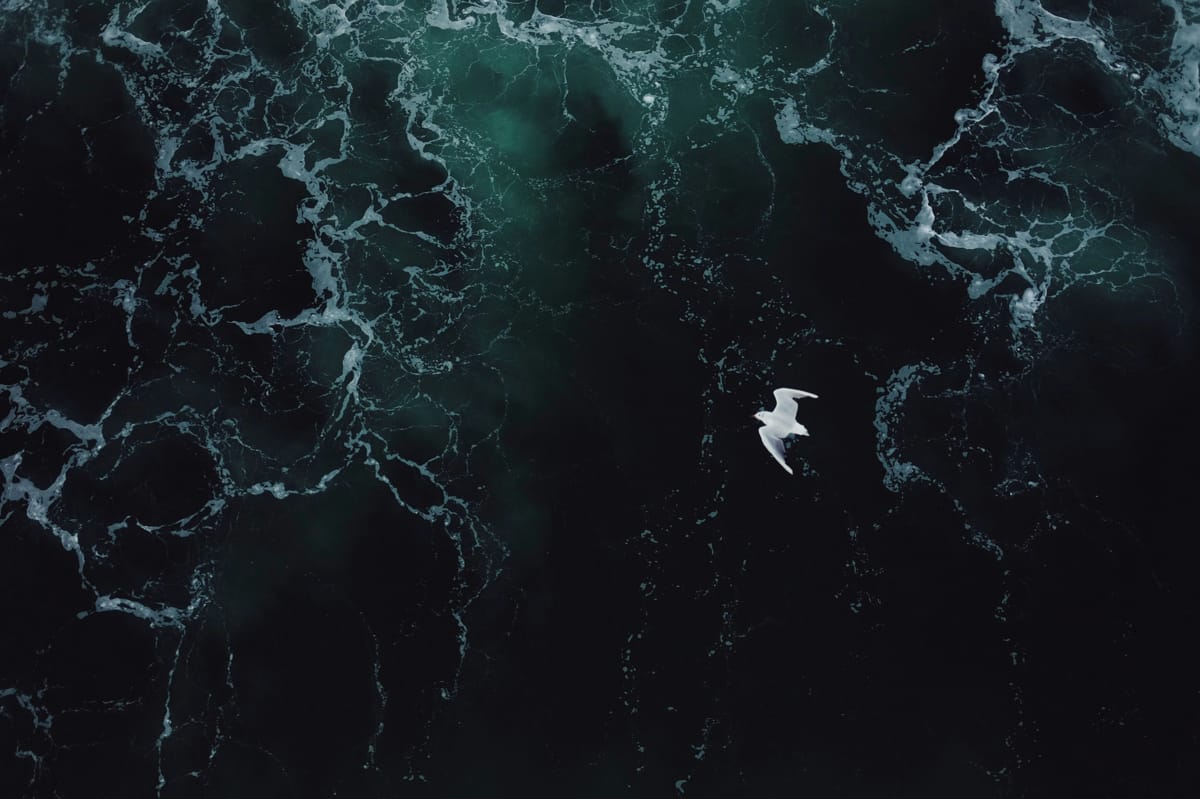Joining the dots
Tim Ayres is a little-known junior minister in the Albanese government. But Ayres nevertheless plays a symbolically significant role in bridging the traditional ideological fence between maintaining a local manufacturing industry and being a global free trade advocate.
As the assistant minister for both manufacturing and trade, Ayres sits at the institutional intersection of the domestic and international aspects of what amounts to the most sprawling suite of new and rebadged policies the Labor government has produced in its first term.
So, his off-the-cuff comments at the launch of a new report on economic statecraft this week provided some interesting insights into how the government is dealing with what the country’s de facto sovereign wealth fund is calling “the end of a 30-year anomaly”.
Firstly, Ayres sought to join up the alphabet soup of FMIA (the Department of Industry, Science and Resources’ Future Made in Australia manufacturing support scheme), SEAIFF (the Department of Foreign Affairs and Trade’s Southeast Asia Investment Financing Facility to boost Australia investment in the region) and NIF (the Treasury’s National Interest Framework for spending taxpayers money on economic resilience). He argues that what amounts to an Antipodean version of the United States Inflation Reduction Act is intended to bring prosperity to both Australia and the immediate Asian region.

More interestingly launching a report about the carrots and sticks of economic statecraft, Ayres argued that Australia would apply the sticks at the global level in the form of trade and other financial sanctions but not at the local level in Southeast Asia or the Pacific. “Our national interest is utterly aligned with their sense of national interest,” he said of the sprawling group of countries once seen as an “arc of instability”.
This seems at odds, for example, with Australian sanctions on the Myanmar military regime, which are in line with global human rights sentiment but not so aligned with ASEAN’s approach. And a year after we published this, it is also at odds with how Indonesia still largely fails to appear in the FMIA/economic resilience strategy despite the minister’s intrepid joining of the dots.
This might reflect resentment at the way Indonesia roiled the nickel market last year at Australia’s expense. Or it might reflect lack of confidence within the Australian system at Indonesia’s ability to produce a competitive electric car making capacity. Either way it suggests the need for more creative thinking about the much-vaunted new supply chains with Australia’s closest Asian neighbour.
There have been 1800 new industrial policy measures alone around the world this year as geoeconomic competition grows.
Perhaps that’s what the minister meant when he also delivered a sharper than normal public message to the Australian businesses that are being urged to diversify after the China trade impediment crisis:
“The business and trade relationships which we have with some of these countries today are not the same as the business and trade relationships we need for the future.”
They are the same businesses the government is pressing to invest more in Southeast Asia to provide economic ballast to the government’s otherwise good diplomatic relationships. As Foreign Minister Penny Wong told the Committee for the Economic Development of Australia last month, with more than a hint of frustration:
“The reality is that Australia’s trade and investment with the region has not kept pace with the growth of Southeast Asian economies. Our government’s initiatives are designed to make it easier for Australian business to get established in new markets. And now we are asking you to do just that. To create new value for your companies, and for your country.”
Investment 101: Geopolitics
The growing pressure on business to fall into line with government foreign policy inclinations provides a telling insight into why the $250 billion Future Fund has returned to publicly discussing geopolitics after unusually testing the waters three years ago.
In a new report (which follows comments by its chief executive) the Future Fund declares geopolitics to now be the “bedrock of the new investment order” and the past 30 years of open markets to be an “anomaly”. While this is not new to international relations commentators, it has a bit more meaning for governments and voters when it influences the way peoples’ retirement savings will be now be invested.
And the Fund has some different perspectives on international relations. For example, it says investors pay too much attention to conflicts like those in Ukraine and Gaza when they rarely have long term effects on financial markets. Instead, it says, the Fund focuses on “over the horizon” trends: changing trade dynamics, rising strategic competition, and growing populism.
It says deep economic integration of countries means a new Cold War seems “off the mark” but, nevertheless, it is carefully watching for currency manipulation as a new realm of strategic competition.

In a nod of support for Albanese government inclinations, the Fund accepts the need for intervention to secure the energy transition. And when the Productivity Commission has this week again warned about the cost and potential waste in the FMIA strategy, the Future Fund analysts say it is entirely plausible that government investment will spark technological breakthroughs in green energy, quantum computing, and artificial intelligence.
On the other hand, when Wong and her colleagues have embraced the mantra of geographic diversification as a core component of economic statecraft, the Fund, admittedly with a somewhat narrower technical perspective, says traditional investment diversification strategy “requires a re-think given the geopolitical environment”
And in a twist on the new parlance of international economics, the Fund analysts view friend-shoring and on-shoring of manufacturing as a form of re-globalisation rather than the contraction of the globalised economy.
Anchors away
A sovereign wealth fund in an advanced market economy – one which benefitted from globalisation more than most countries – is now putting geopolitics at the heart of its portfolio construction. This fact underlines how the government needs to explain in more detail what Ayres tried to do on Monday.
Economic statecraft is now possibly the most employed form of inter-state conflict.
But connecting the energy transition to building new submarines in Australia while talking up new supply chains to Indonesia is fiendishly difficult with an election looming. The Asia-Pacific Development, Diplomacy & Defence Dialogue (AP4D) provides a partial roadmap in a new report calling for more formalised connectivity between the foreign and domestic arms of economic policy. Movement towards doing this has already featured in a series of government reviews or policies over the past year from the Defence Strategic Review to the Development Finance Review. But the AP4D report argues: “Perceptions that economic statecraft need be confined to external acts have changed as countries implement domestic polices to strengthen specific industries for geostrategic purposes, such as the recent Future Made in Australia plan.”
It argues for measures ranging from some form of new national coordinating mechanism perhaps drawing on models in Japan and the United States to working closer with business to overcome different perceptions of diversification.
The Productivity Commission’s 50th annual Trade and Assistance Review highlights how there have been 1800 new industrial policy measures alone around the world this year as geoeconomic competition grows. The AP4D report’s observation that economic statecraft is now possibly the most employed form of inter-state conflict underlines how the Australian government needs to provide a better framework for its own now many initiatives.

